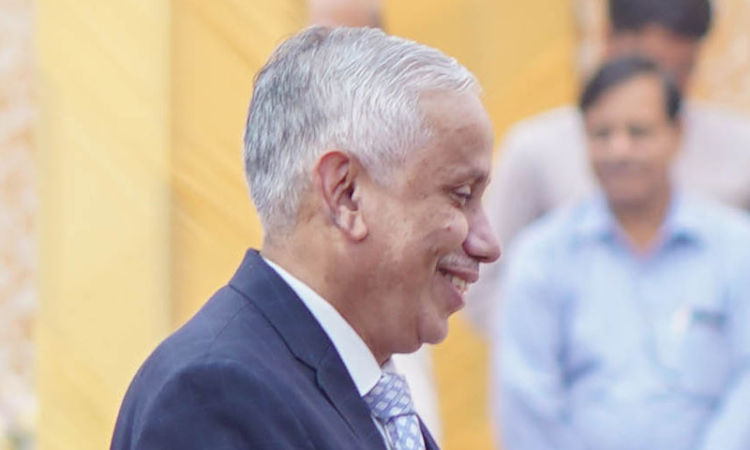Neglect Of Ancient Indian Legal Giants Like Manu, Kautilya & Adherence To Colonial Legal System Detrimental To Constitutional Goals : Justice Abdul Nazeer
Mehal Jain
27 Dec 2021 3:11 PM IST

"...colonial legal system is not suitable for the Indian population. The need of the hour is the Indianisation of the legal system", the judge said.
Next Story


